

Looking to buy 1 ready rod factory? This guide offers a deep dive into everything you need to know, from understanding the steel rod manufacturing process to evaluating potential factories, negotiating terms, and ensuring a smooth transition. Whether you're expanding your existing steel business or venturing into the steel rod market, this resource provides valuable insights to help you make an informed decision.Understanding the Steel Rod Manufacturing ProcessBefore you buy 1 ready rod factory, it’s crucial to understand the intricacies of steel rod production. The process typically involves:Raw Material Acquisition: Sourcing high-quality steel billets or scrap steel.Heating: Heating the billets to a high temperature for malleability.Rolling: Passing the heated billets through a series of rollers to reduce their size and shape them into rods.Cooling: Cooling the rods to achieve the desired mechanical properties.Cutting: Cutting the rods to the specified lengths.Testing and Inspection: Ensuring the rods meet quality standards and specifications.Key Considerations When Evaluating a Ready Rod FactoryWhen considering to buy 1 ready rod factory, carefully assess the following factors:Factory Location and InfrastructureThe factory's location significantly impacts logistics, transportation costs, and access to raw materials and skilled labor. Evaluate proximity to ports, highways, and steel suppliers.Production Capacity and EquipmentAssess the factory's current production capacity and the capabilities of its equipment. Consider the age, condition, and technology of the rolling mill, heating furnace, cooling beds, and cutting machines. Ensure the equipment meets your production needs and quality standards. For example, consider the type of rolling mill. A continuous rolling mill generally offers higher production rates compared to a semi-continuous mill.Financial Performance and ValuationConduct thorough due diligence on the factory's financial performance, including revenue, profitability, assets, and liabilities. Engage a qualified appraiser to determine the fair market value of the factory. Review historical financial statements and future projections.Environmental Compliance and PermitsVerify that the factory complies with all environmental regulations and holds the necessary permits. Investigate any environmental liabilities or remediation requirements.Legal and Regulatory ComplianceEnsure the factory is in compliance with all applicable laws and regulations, including labor laws, safety regulations, and zoning ordinances. Review existing contracts, licenses, and permits.Negotiating the Purchase AgreementOnce you've identified a suitable factory, the next step is to negotiate the purchase agreement. Key terms to consider include:Purchase Price: Determine a fair and reasonable purchase price based on the factory's valuation and financial performance.Payment Terms: Negotiate payment terms that are favorable to you, such as installment payments or escrow arrangements.Closing Date: Establish a clear closing date for the transaction.Representations and Warranties: Obtain representations and warranties from the seller regarding the accuracy of the information provided and the condition of the factory.Indemnification: Negotiate indemnification clauses to protect yourself from potential liabilities.Ensuring a Smooth TransitionAfter the purchase agreement is signed, focus on ensuring a smooth transition of ownership. This includes:Transferring OwnershipComplete all necessary legal and administrative steps to transfer ownership of the factory to your company. This may involve filing documents with government agencies and updating property records.Retaining Key PersonnelConsider retaining key personnel, such as the plant manager, engineers, and technicians, to ensure continuity of operations. Offer competitive compensation packages and incentives to encourage them to stay. This is especially important if you lack experience in steel rod manufacturing.Integrating OperationsIntegrate the factory's operations into your existing business, including accounting, sales, and marketing. Standardize processes and systems to improve efficiency and reduce costs.Steel Rod Specifications and Quality ControlUnderstanding steel rod specifications and implementing robust quality control measures are critical for producing high-quality products. Common steel rod specifications include:Diameter: Ranges from 5.5mm to 40mm and above.Length: Typically ranges from 6 meters to 12 meters.Steel Grade: Examples include HRB400, HRB500, and ASTM A615.Tensile Strength: Varies depending on the steel grade, typically ranging from 400 MPa to 600 MPa and above.Yield Strength: Varies depending on the steel grade, typically ranging from 300 MPa to 500 MPa and above.Hebei Muyi Import&Export Trading Co.,Ltd can provide insights into sourcing high-quality billets that meet these specifications.Quality Control ProceduresImplement comprehensive quality control procedures at every stage of the manufacturing process, from raw material inspection to final product testing. Use calibrated equipment and follow industry standards. Conduct regular audits to ensure compliance.Cost Analysis and ProfitabilityConduct a thorough cost analysis to understand the factory's operating costs and profitability. Key cost factors include:Raw Material Costs: Steel billets or scrap steel.Energy Costs: Electricity and natural gas.Labor Costs: Wages and benefits for employees.Maintenance Costs: Repairs and maintenance of equipment.Transportation Costs: Shipping raw materials and finished products.Develop a pricing strategy that allows you to achieve a reasonable profit margin while remaining competitive in the market. Regularly monitor costs and adjust pricing as needed.Future Trends in Steel Rod ManufacturingThe steel rod manufacturing industry is constantly evolving. Stay informed about future trends, such as:Automation: Increased automation of production processes to improve efficiency and reduce labor costs.Advanced Materials: Development of new steel alloys with enhanced properties.Sustainability: Adoption of sustainable manufacturing practices to reduce environmental impact.Digitalization: Use of data analytics and artificial intelligence to optimize production and improve quality.Example of Steel Rod Production Line Components and Specifications Component Specification Purpose Reheating Furnace Capacity: 30-80 tons/hour; Fuel: Natural Gas/LPG Heats steel billets to rolling temperature Rolling Mill Stands Number of Stands: 10-18; Type: Continuous/Semi-continuous Reduces and shapes the steel billets into rods Cooling Bed Length: 30-60 meters; Cooling Method: Air/Water Cools the steel rods to improve their mechanical properties Cutting Machine Type: Flying Shear/Cold Saw; Cutting Speed: 10-30 m/min Cuts the steel rods into desired lengths By staying abreast of these trends, you can position your factory for long-term success. Buying 1 ready rod factory is a complex undertaking, but with careful planning and execution, it can be a rewarding investment. If you need further information about sourcing high quality steel billets, visit the website of Hebei Muyi Import&Export Trading Co.,Ltd. Disclaimer: This guide provides general information and should not be considered professional advice. Consult with qualified professionals before making any investment decisions.

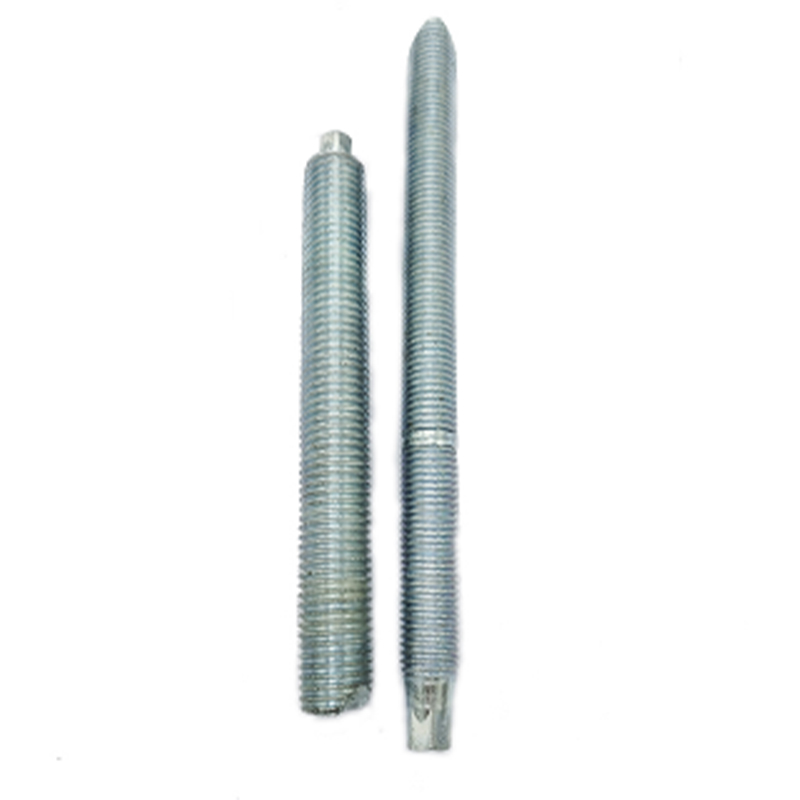
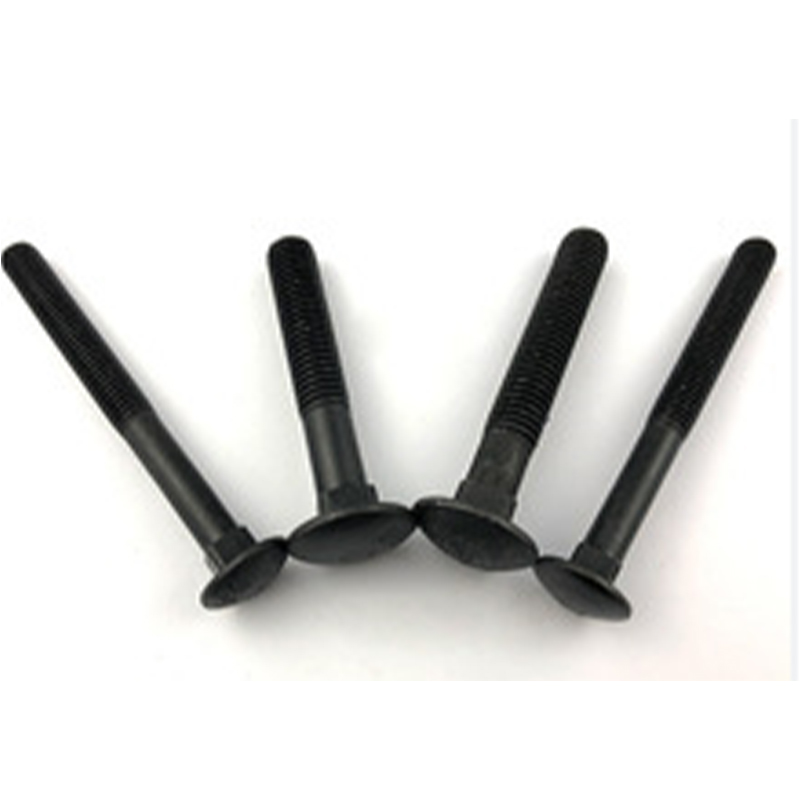

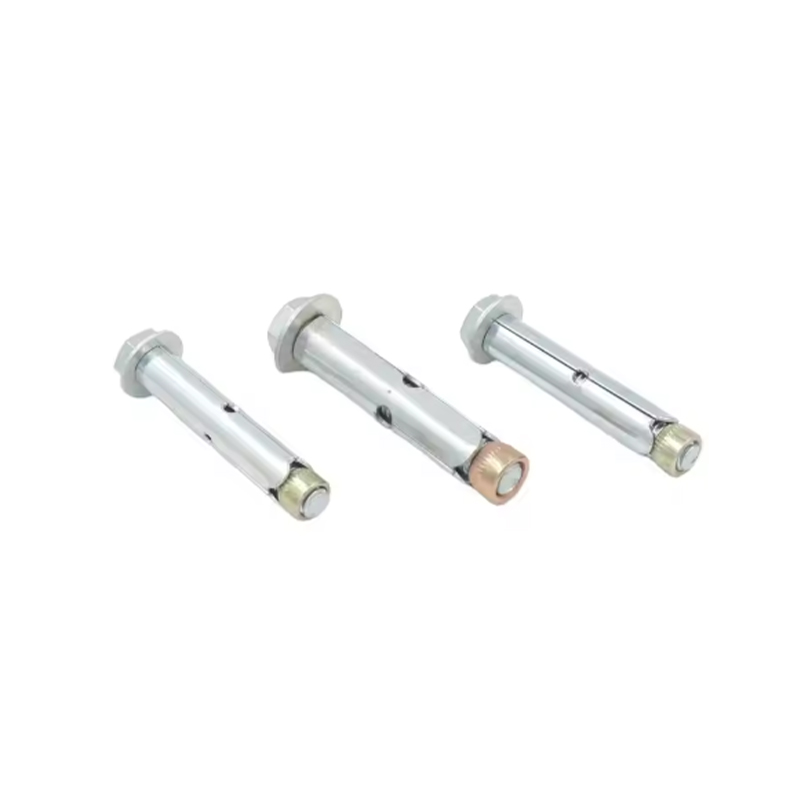
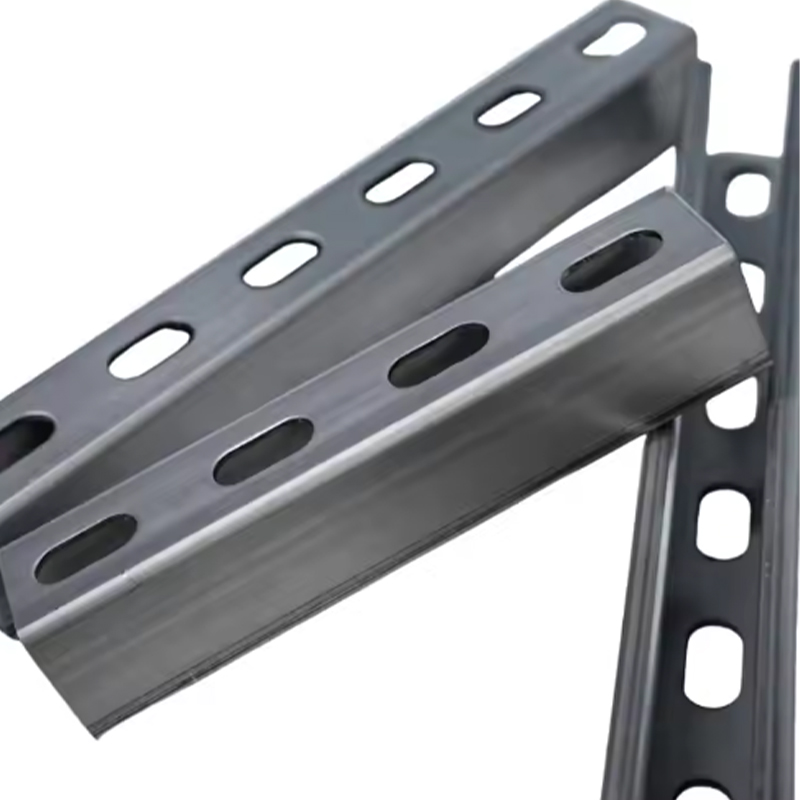
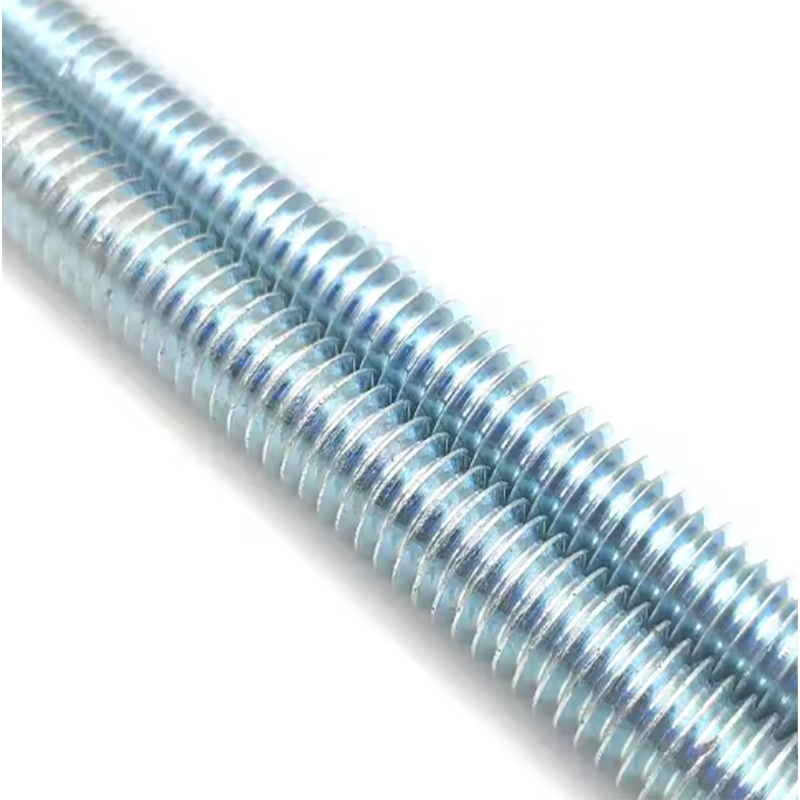
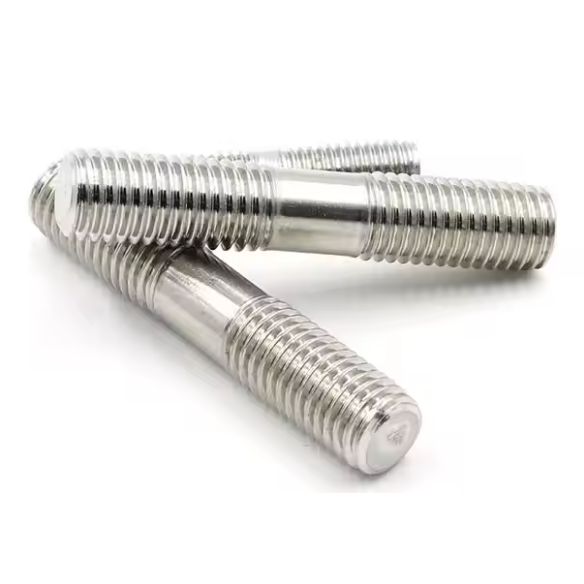

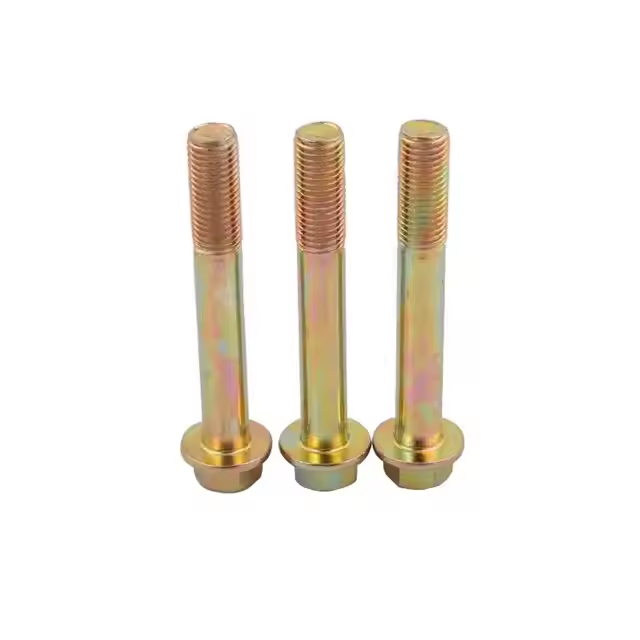
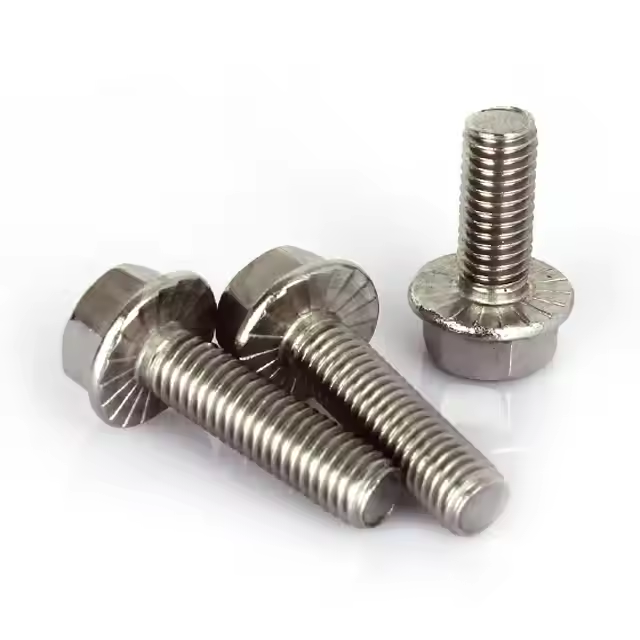
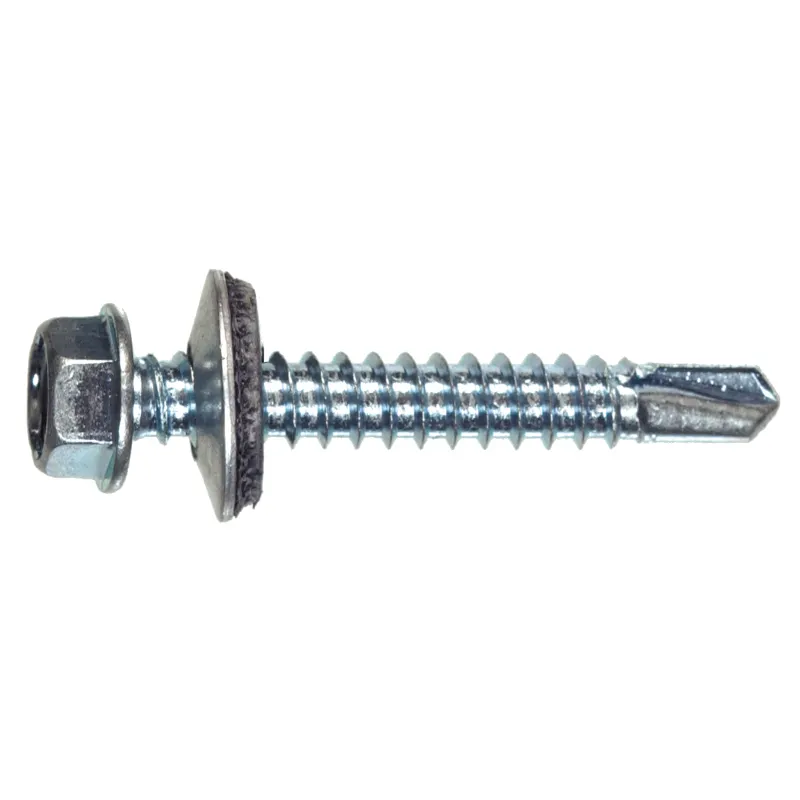
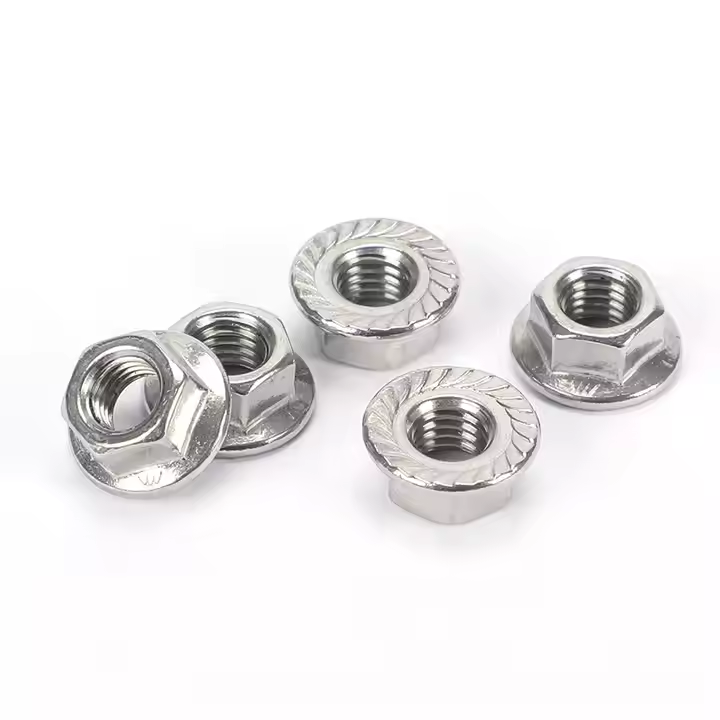
Please enter your email address and we will reply to your email.